Excellent example of Captain George Vancouver's seminal map of the Coast of California. The Vancouver map provides the first treatment of the coast of California in meaningful detail, extending from the coastline to California's coastal range. Vancouver's route is shown, along with the early Spanish Missions, including Santo Domingo, San Thomas and El Rosario in the Northern Baja, and San Diego, San Juan Capistrano, San Gabriel, San Buenaventura, Santa Barbara, la Purissima, San Luis, San Carlos de Monterrey, la Soledad, San Antonio, Santa Cruz, Santa Clara and San Francisco. Many points, bays, mountains and other features are named, along with the addition of soundings along Vancouver's route. The map is also one of the best early treatments of the Channel Islands and includes early topographical information. The insets of San Francisco Bay and San Diego Bay include contemporary observations and are among the earliest obtainable examples of maps focusing on these two bays. An essential map for California collectors. Wagner p209, Howes V23, Storm 4456, Streeter 3497.
George Vancouver (1757–1798), a naval officer and explorer, grew up in King’s Lynn, England, the youngest of six children. After entering the Royal Navy in 1771, he served in both the second and third great exploratory voyages of James Cook. During Cook’s second voyage, a three-year quest to find a legendary southern continent, Vancouver received instruction from the astronomer William Wales. During Cook’s third voyage, to the Pacific Northwest, Vancouver was part of the first known group of Europeans to land on the coast of present-day British Columbia.
Vancouver gained valuable navigational, surveying, and mapping experience in the Pacific Northwest during his time with Cook. After returning from Cook’s third voyage in 1780, Vancouver was promoted to lieutenant and spent the following nine years serving on fighting ships, primarily in the Caribbean.
In 1790, Vancouver was chosen to captain the Discovery and charged with a mission to discover and chart the vast areas of the Pacific that were still unknown, in part to locate a Northwest Passage between the Atlantic and Pacific Oceans. This four-year voyage of discovery circumnavigated the globe and eliminated the possibility of an inland Northwest Passage. During many months of surveying, Vancouver produced detailed regional maps of the Northwest Coast, as far north as Alaska. He also established several hundred place-names for physical features in the areas surveyed.
Upon returning to England in 1795, Vancouver’s voyage received little recognition, and he faced personal and political attacks from colleagues and crew members alleging abuse of power. With his health failing, Vancouver spent his remaining years in retirement, revising his journal for publication. His Voyage of Discovery to the North Pacific Ocean, and Round the World was first published in 1798, which was also the year of his death. It contained a multi-volume account of his voyage as well as an atlas of his maps. His exploration and mapmaking activities greatly increased knowledge of the North American coast.









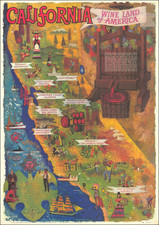
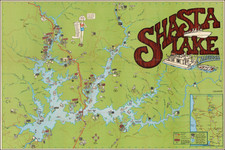
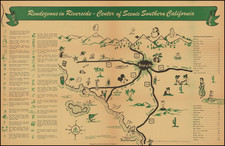
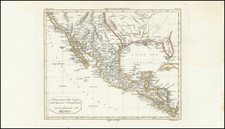
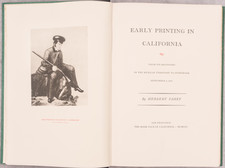
![[ Chinese Voyages To America, etc. ] Memoires De Litterature, Tires Des Registres De L'Academie Royale Des Inscriptions et Belles-Lettres Depuis l' annee M. DCC. XVIII. julques & compris l'annee M. DCC. XXV Tome Quarante-Neuvieme](https://storage.googleapis.com/raremaps/img/small/101296.jpg)